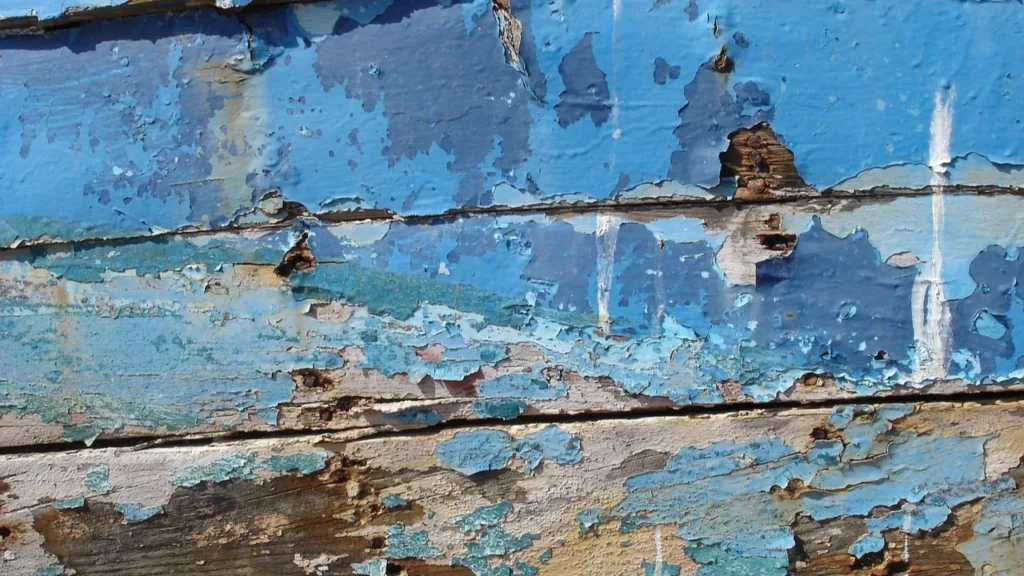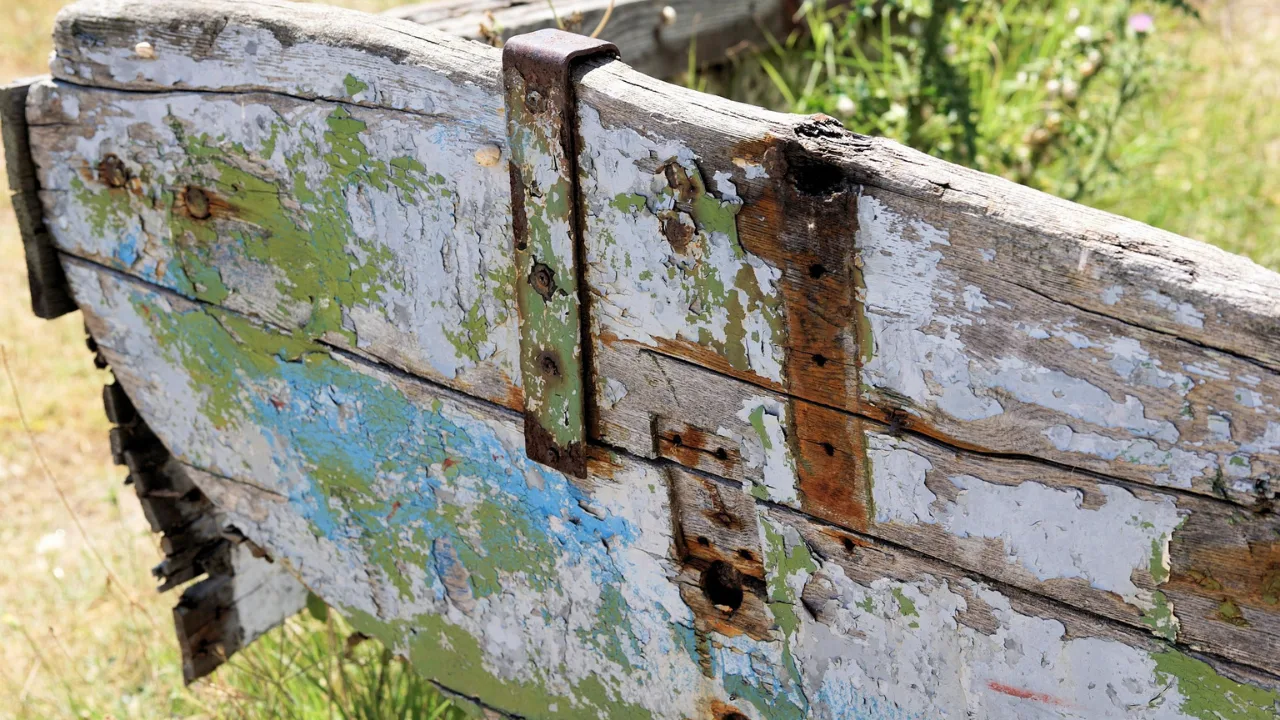Mold on wood is not just an eyesore; it can damage the material and pose health risks. Whether it’s furniture, flooring, or structural wood, mold can grow when moisture levels are high. If left untreated, it can spread quickly and weaken the wood. Fortunately, cleaning mold off wood is possible with the right approach. In this guide, we’ll explore how to remove mold from wood safely and effectively.
Why Does Mold Grow on Wood?
Wood is an organic material that naturally absorbs moisture. Mold thrives in damp, warm environments, making wood a prime breeding ground. Some common reasons mold grows on wood include:
- High humidity levels – Moisture in the air can settle on wood surfaces.
- Water leaks – Leaky pipes, roofs, or flooding can create ideal conditions for mold growth.
- Poor ventilation – Lack of airflow allows moisture to accumulate, especially in basements and attics.
- Condensation – Areas with temperature fluctuations can experience condensation buildup.
Types of Wood Mold
Not all mold on wood is the same. Here are the common types:
1. White Mold
- Appears as a powdery or fuzzy white growth.
- Common on untreated or unfinished wood.
- Usually easy to clean with mild treatments.
2. Black Mold
- Dark, slimy patches that can penetrate deep into the wood.
- Can cause allergic reactions and respiratory issues.
- Requires stronger cleaning solutions and protective gear.
3. Green Mold
- Often found in damp, humid areas like basements.
- Can spread quickly if not addressed.
- Common on wooden furniture and outdoor wood structures.
How to Identify Mold on Wood?
Before cleaning, it’s important to confirm whether the growth on wood is mold and not dirt or mildew. Here’s how to identify mold:
- Smell test – Mold has a musty, earthy odor.
- Visual signs – Mold appears as fuzzy, powdery, or slimy patches.
- Water damage – If the wood is damp, mold is likely growing due to moisture exposure.
Is Mold on Wood Dangerous?
Yes, mold on wood can be harmful. It can:
- Trigger allergies – Symptoms like sneezing, coughing, and skin irritation can occur.
- Cause respiratory problems – Mold spores can worsen asthma and lung conditions.
- Weaken the wood – Over time, mold can break down wood fibers, leading to structural issues.
Now that we understand the risks, let’s dive into the cleaning process.
How to Clean Mold Off Wood – Step-by-Step Guide

Step 1: Gather Your Supplies
To safely remove mold from wood, you’ll need:
- Protective gloves and a mask
- A stiff brush or sponge
- A vacuum with a HEPA filter
- White vinegar or hydrogen peroxide
- Dish soap and warm water
- Baking soda (optional)
- Bleach (for severe cases)
Step 2: Prepare the Area
Before cleaning, take these precautions:
- Wear protective gear – A mask and gloves prevent mold exposure.
- Improve ventilation – Open windows and use a fan to circulate air.
- Cover nearby surfaces – Prevent mold spores from spreading.
Step 3: Dry the Wood
- Mold thrives in moisture, so drying the wood is crucial.
- Use a fan or dehumidifier to reduce moisture levels.
- Avoid cleaning wet wood, as it can make the mold problem worse.
Step 4: Remove Loose Mold
- Use a vacuum with a HEPA filter to remove mold spores.
- A stiff brush can help loosen mold from the surface.
Step 5: Apply a Cleaning Solution
Choose one of the following solutions to clean the mold:
Option 1: White Vinegar Solution
- Mix equal parts white vinegar and water.
- Apply with a sponge and let it sit for 10-15 minutes.
- Scrub gently, then wipe with a clean cloth.
Option 2: Hydrogen Peroxide Solution
- Use 3% hydrogen peroxide and apply directly to the moldy area.
- Let it sit for 10 minutes before scrubbing.
- Wipe away residue with a damp cloth.
Option 3: Soap and Water
- Mix mild dish soap with warm water.
- Scrub the wood surface to remove mold.
- Rinse and dry thoroughly.
Option 4: Baking Soda Paste (For Light Mold)
- Mix baking soda with water to create a paste.
- Apply, scrub, and wipe clean with a damp cloth.
Option 5: Bleach Solution (For Severe Mold)
- Mix one part bleach with three parts water.
- Use only in well-ventilated areas and wear gloves.
- Apply, scrub, and rinse thoroughly.
Step 6: Dry and Prevent Future Mold Growth
- Use a fan or dehumidifier to dry the wood completely.
- Keep humidity levels below 50% to prevent mold regrowth.
- Seal or paint unfinished wood to protect it.
When to Call a Professional?
If mold has deeply penetrated the wood or covers a large area, professional mold removal may be necessary. Consider calling an expert if:
- The mold keeps returning after multiple cleanings.
- The affected area is larger than 10 square feet.
- You experience health issues when near the mold.
How to Prevent Mold Growth on Wood?
Taking preventive steps can help keep mold away:
- Control humidity – Use dehumidifiers and air conditioners.
- Fix leaks promptly – Repair any water leaks in walls, ceilings, or floors.
- Improve ventilation – Open windows and use exhaust fans in damp areas.
- Use mold-resistant products – Apply sealants or paint with mold inhibitors.
Conclusion
Mold on wood is a common issue, but with the right cleaning methods, it can be removed effectively. Identifying the mold type, using proper cleaning solutions, and taking preventive measures will help keep wood surfaces mold-free. If the problem is severe, don’t hesitate to seek professional help.
FAQs
1. Can mold on wood go away on its own?
No, mold will continue to grow unless removed and the moisture problem is addressed.
2. Is vinegar or bleach better for mold on wood?
Vinegar is a safer, natural option that works well for light mold, while bleach is more effective for severe mold but can damage wood.
3. How do I keep mold from coming back?
Reduce moisture levels, improve ventilation, and use protective coatings on wood surfaces.
4. Can I paint over mold on wood?
No, painting over mold will not kill it. The mold will continue to grow underneath the paint.
5. Does sunlight kill mold on wood?
Yes, sunlight can help dry out moisture and slow mold growth, but it won’t completely remove mold.

